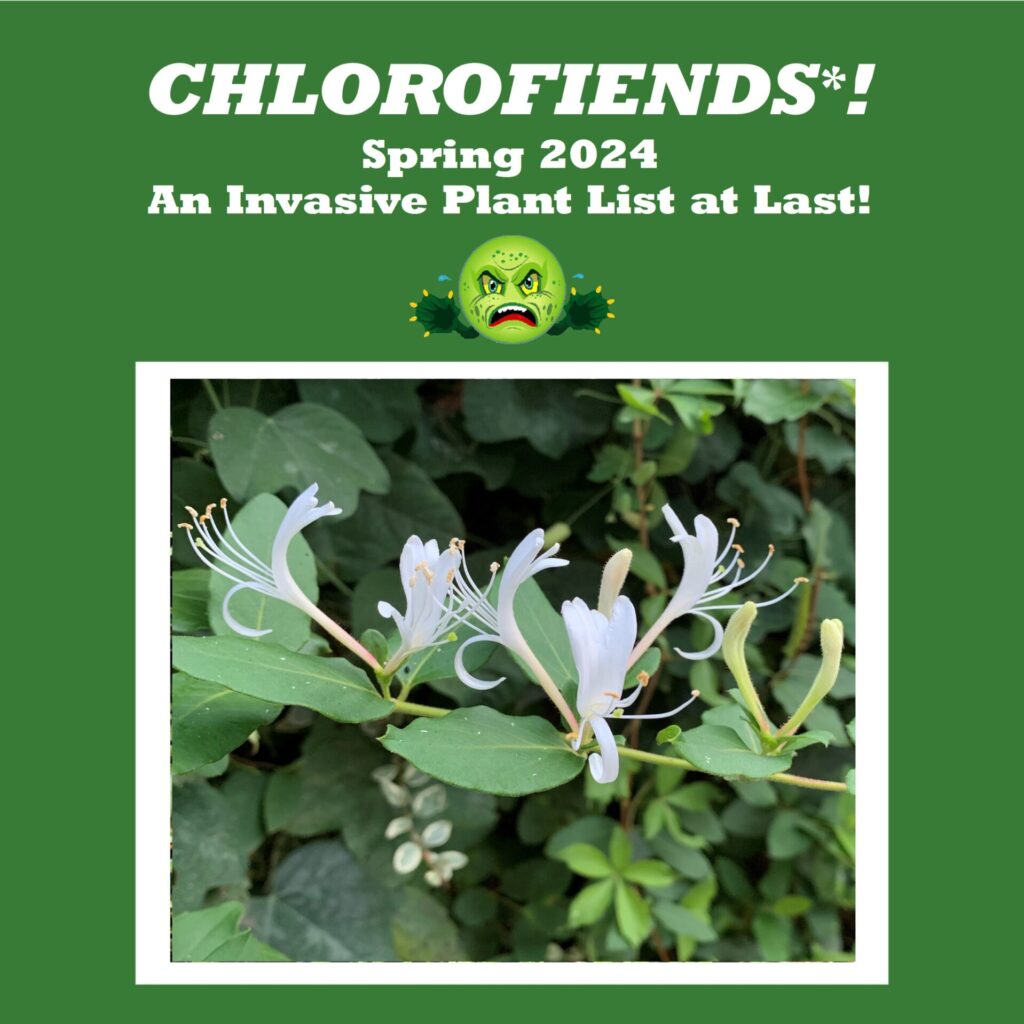Text and photos by Lisa Lofland Gould
Finally, we have a newly revised list of plants invasive in North Carolina! A joint project with the NC Invasive Plant Council (NC-IPC), our two groups have now created a single list for the state. Be an informed buyer. When you know the botanical as well as the common plant name, you can find out if the plant is on the new invasive plant list and avoid buying it. Native plants build a stronger biosystem.
NC-IPC and the North Carolina Native Plant Society (NCNPS) maintained two separate lists for a number of years; the NC-IPC list was organized by North Carolina’s three major geographic regions (mountains, piedmont, coastal plain) and listed plants by plant type (trees, shrubs, herbaceous plants, vines) within each region while the NCNPS list, compiled in 2010 by Misty Buchanan of the NC Natural Heritage Program, ranked plants by severity of their ecological impact on North Carolina’s native plant communities.
Beginning in 2015, NCNPS and NC-IPC people attending the NC-IPC annual meetings started discussing the importance of creating a single list for the state. We all agreed that one “official” list for the state would have more impact, a list that our two organizations could keep updated as needed. It is our hope that this list will be useful to the nursery industry and landscapers, make them aware of the ecological damage caused by invasive plants, and inform them about current and “up and coming” invasives. The more knowledgeable the industry is, the more it will save time and money on eradication and control efforts; that will help prevent bad press for the nursery industry, since our organizations are constantly warning people NOT to purchase certain plants that the industry is offering.
For policy makers, state agencies, homeowners – and all
We anticipate that the list will also be used by policy makers and state agencies, again to help avoid ecological damage and the expense of control efforts. And last, but not least, we hope the list will be of help to homeowners and gardeners, informing them of invasive plants in their yards and landscapes and encouraging them to plant natives.
With those goals in mind, in 2018 NC-IPC and NCNPS began to create a combined, revised list. The first step was creating a spreadsheet of all the plants currently on our two lists, and then adding additional data to help us make informed decisions. For example, we added columns for our abutting states’ [VA, TN, SC, and GA] invasive plant lists, for federal and NC noxious weeds, and for several agencies that list invasive plants in North Carolina (U.S. Forest Service, NC Department of Transportation, and NC Department of Environmental Quality’s Noxious Aquatic Weeds list).
We added the status of each plant in NC according to Alan Weakley’s Flora of the Southeastern States along with pertinent comments from Weakley’s Flora (and we agreed to use Weakley’s nomenclature) and also noted the number of counties each plant was found in, according to the Vascular Plants of North Carolina website, along with pertinent comments from that site. By the time we were done, there were 392 plants on the list!
Although the pandemic slowed us down a bit, we did agree to continue using the categories that Misty Buchanan initially set up:
Rank 1 – Severe Threat: Exotic plant species that have invasive characteristics and spread readily into NC native plant communities, displacing native vegetation.
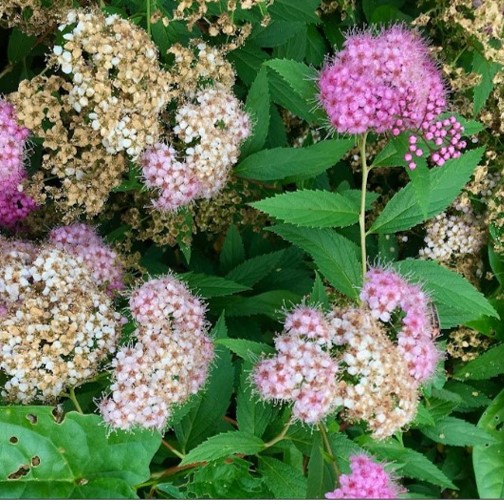
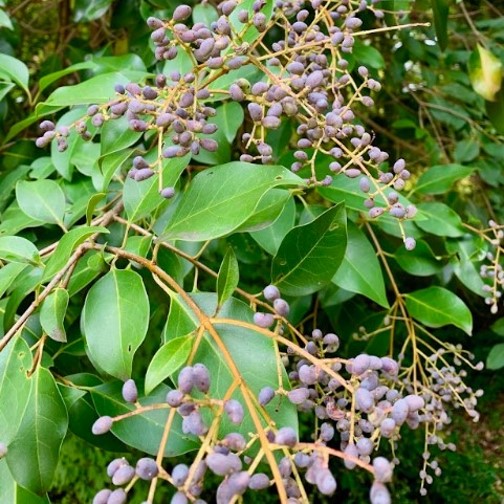
Rank 2 – Significant Threat: Exotic plant species that display some invasive characteristics, but do not appear to present as great a threat to native communities in NC as the species listed in Rank 1.
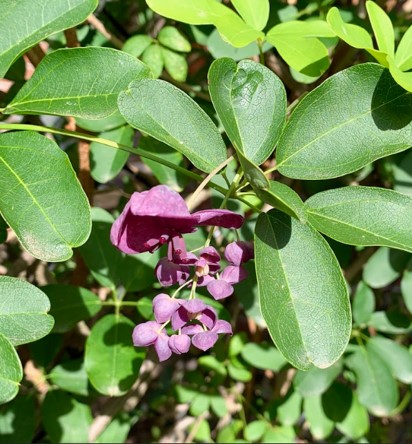
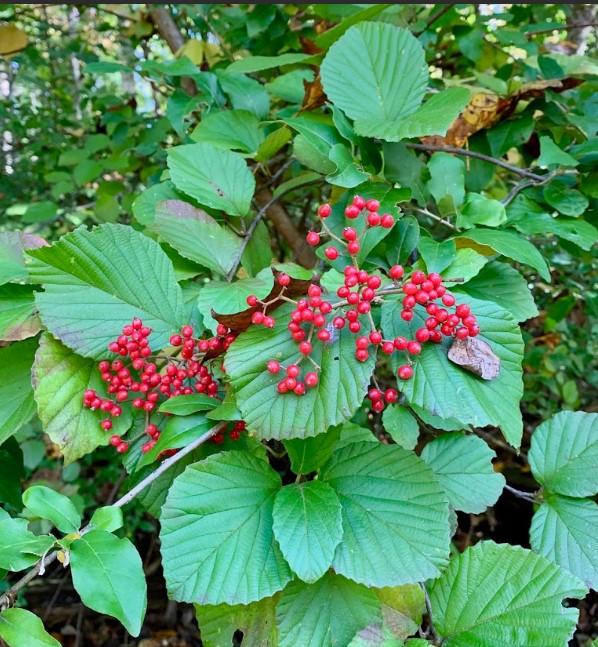
Rank 3 – Lesser Threat: Exotic plant species that spread into or around disturbed areas and are presently considered a low threat to native plant communities in NC.
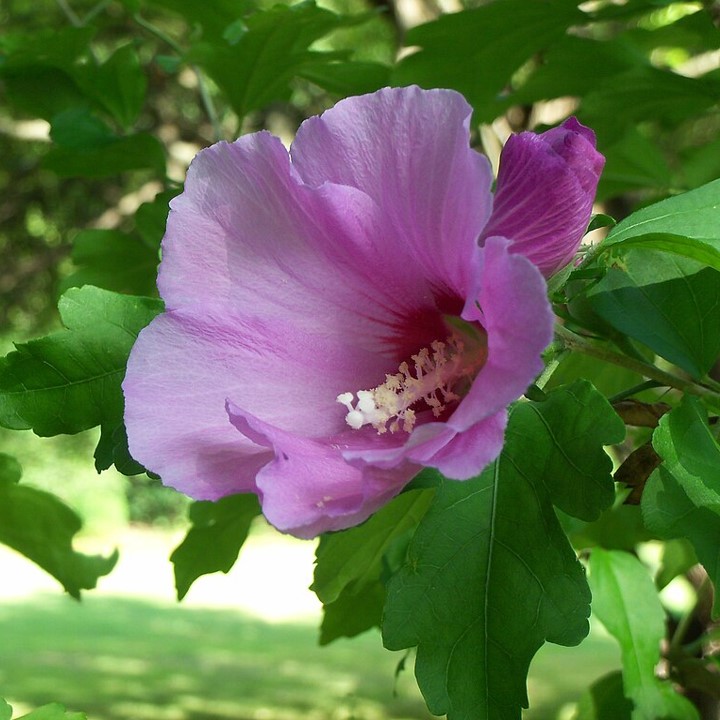
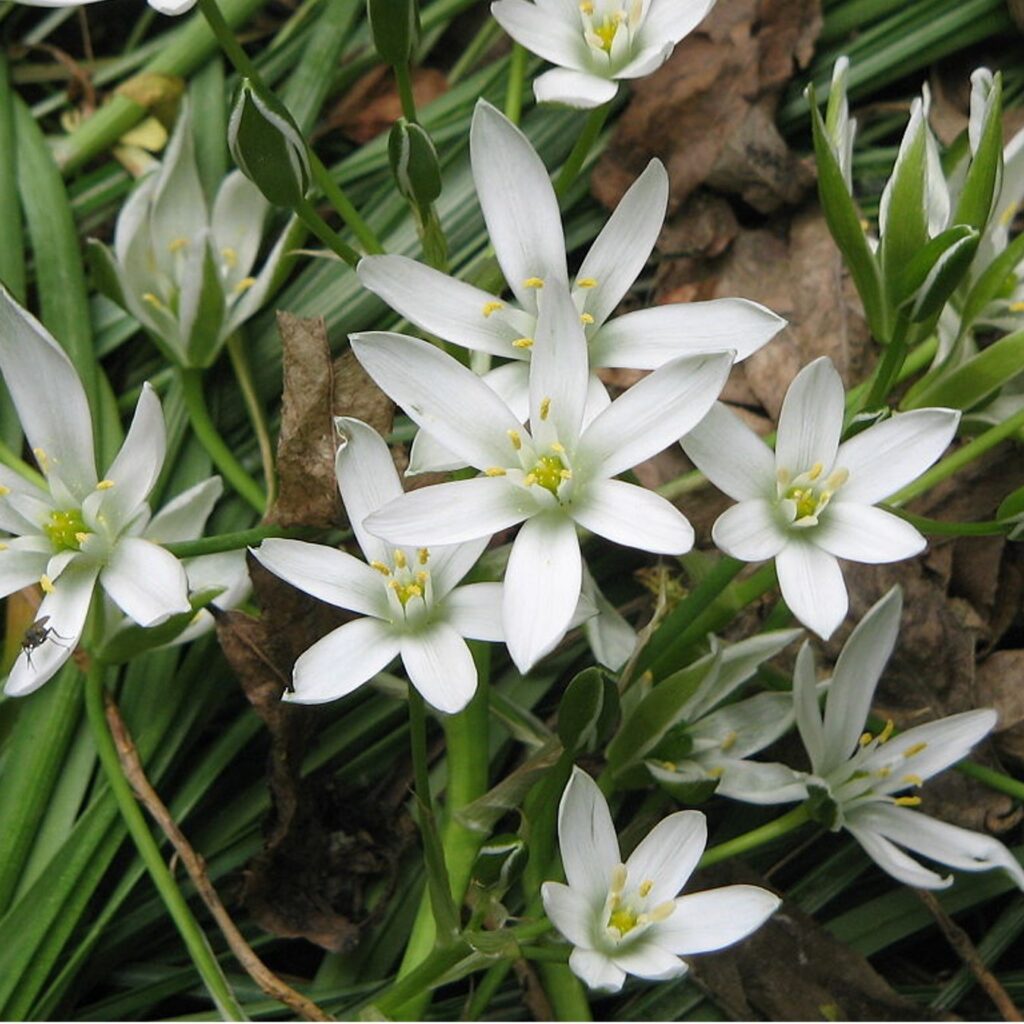
Watch List A: Exotic plants that naturalize and may become a problem in the future; includes species that are or could become widespread in North Carolina. At this time, more information is needed.
Watch List B: Exotic plant species that cause problems in adjacent states but have not yet been reported to cause problems in NC.
NC-IPC will maintain the list
We also agreed that the list would be maintained under the aegis of NC-IPC, who would take input from our organizations and others and do regular reviews and revisions; assessing the list will become part of the NC-IPC annual meeting.
Then began the hard part: assessing each of those 392 plants to determine if it was indeed invasive in the state. Meeting in person, via Zoom, and with numerous emails, we reviewed every plant to see how it fit into the rankings or whether it should be removed from the ranked list. The final ranked list has 249 species, with 143 plants removed from the compiled spreadsheet.
We worked hard to make sure that this list was data driven. But there are several groups of non-native plants that can be difficult for most people to ID, such as the non-native bush honeysuckles, privets, hellebores, exotic bamboos, and many other grasses and sedges, which means that sometimes the data about these groups are unclear.
To complicate matters, there are hybrids and/or cultivars of many of these plants. Some plants in the nursery industry are listed as “sterile”/”reduced sterility”/”non-invasive”, but many do produce some fruit, or revert to the original type. So we questioned: when listing such species—such as Chinese Privet—do we say Ligustrum sinense AND cultivars?
We were tempted to list all the privets as Rank 1, but there are species that have not yet spread widely, such as California Privet (Ligustrum ovalifolium) so we restrained ourselves. We listed many of the bush honeysuckles in Rank 2, but some of them were given lower ranking, based on the available information. With the hellebores, we just put “Helleborus species” in Rank 3. All of these groups need more data. Once again, NCNPS members are reminded to post observations on iNaturalist or send them to the Vascular Plants of NC website editors.
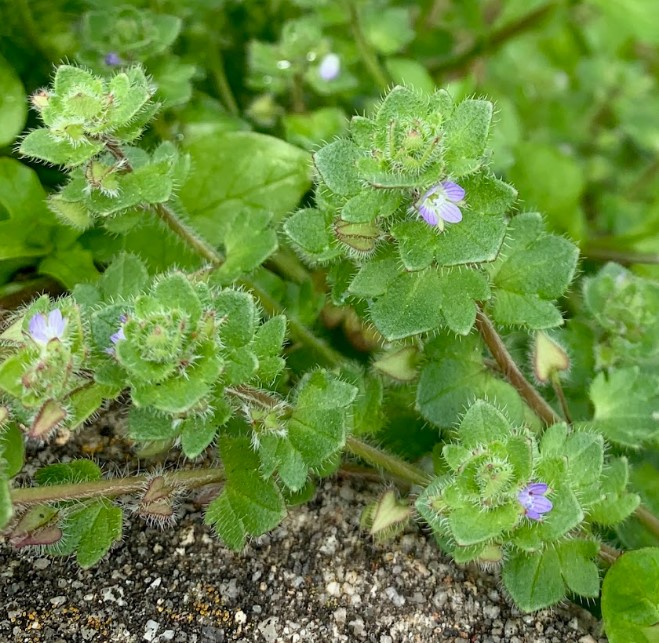
We dropped some species that had been on the original 2010 list, again because the data did not support their presence on the list at this time. These included some exotic bamboos (Bambusa spp.), Hare’s-ear (Bupleurum rotundifolium), European Watercress (Nasturtium officinale), Ivyleaf Speedwell (Veronica hederifolia), Narrowleaf Vetch (Vicia sativa ssp. nigra), and Cocklebur (Xanthium chinense).
Some species were moved to lower ranks, and many were placed in higher ranks, as we observe them spreading more widely in the state. Watch Lists A and B now include 66 species that were not on the 2010 list, showing that there are many new invasives spreading in North Carolina or are on the horizon.
This list will always be a work in progress. The lists for the adjacent states and the agencies will be revised, nomenclature may change, new plants will come into the state, some species will “explode”—the spread of invasive plants has often been described as “an explosion in slow motion”—and some will decrease. The data change from year to year, so regular assessment is crucial.
A number of NCNPS members offered input on the revised list, but special thanks go to Diane Laslie, Pete Schubert, and Ken Bridle for their valuable input and encouragement of this project over the past several years.
As always, GO NATIVE!
Text and photos by Lisa Lofland Gould
Native Plant News – Spring 2024

Lisa Gould is a plant ecologist and co-founder of the Rhode Island Wild Plant Society; she currently serves on the NCNPS board of directors and just stepped down from chairing the management committee for the Emily Allen Wildflower Preserve in Winston-Salem.
Editor’s Note: I asked Lisa if she would like to bid us adieu since she’s moving out of state. Her valuable contributions to the North Carolina Native Plant Society have enriched our knowledge of native plants and invasive exotics. I know I and so many others will miss her. We wish her well. – Andrea Thunem, editor, Native Plant News.
Lisa’s farewell: It’s been my pleasure to contribute to the Chlorofiends! column these past fourteen years! I’ve enjoyed writing them and getting feedback from many of you. I am off on a new adventure: I’ll be moving to Albuquerque, New Mexico in early March where I know I’ll be meeting many new invasive plants, and some familiar ones as well. I send my best wishes to all of my NCNPS friends!
Chlorofiends! is a regular column in Native Plant News. If you have information or comments on invasive species in North Carolina, please share them with Lisa Gould (lisalgould@gmail.com).
*Thanks to Jim Butcher’s The Dresden Files for the column title.
